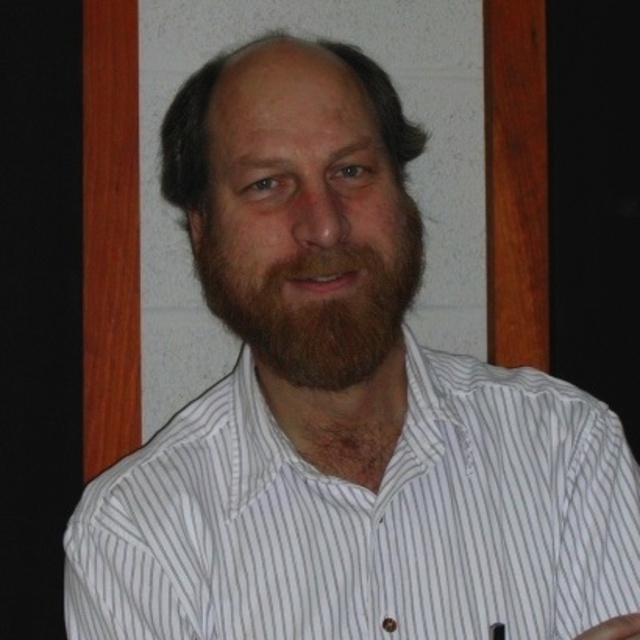
QSOs with PHL 5200--like Broad Absorption Line Profiles
February 1988 • 1988ApJ...325..651T
Abstract • We present moderately high resolution observations of three broad absorption line (BAL) QSOs having PHL 5200-like profiles. The objects are Q1413+113, RS 23, and PHL 5200 (the prototype of the class). These objects form a class of BAL QSOs which have relatively narrow (FWHM < 3000 km s^-1^) C IV broad emission lines (BELs) and large peak emission heights relative to the local continuum level. Relatively smooth broad absorption extends from the emission blueward out to wavelengths corresponding to as much as several tens of thousands of km s^-1^. In all of the objects studied there is some structure in the absorption troughs. This may indicate that the nature of the smooth absorption in BAL QSOs is similar to the more complex absorption that is often observed. We argue that some of the structure seen in the troughs may be due to the effects of radiation pressure. In these objects we also find that the Lyα BEL region (BELR) is occulted by the BAL region (BALR). Thus, the BALR must lie beyond the Lyα emitting region with respect to the central QSO and must also be larger in extent, as seen along our line of sight, than the Lyα emitting region. According to most models the Lyα emitting region is about 1 pc from the central engine of the QSO. We then discuss the evidence for occultation of the regions creating the high-ionization BELs of C C IV, Si IV, and N V by the BALR. Although direct examination of the C IV profile in Q1413+113 suggests that the C IV BELR is not occulted by the BALR, we reach the conclusion based on further analysis that the BALR occults all of the components of the BELR in Q1413+113. In PHL 5200 there is direct evidence that the BALR occults some of the C IV BELR. By considering the production of the N V BEL via resonance line scattering in the BALR for Q1413+113, we discuss limits on the BALR covering factor. We infer from this model and the result that the BALR occults the N V BELR that the BAL flow is decelerating. We also present observations of Q1413+113 that may show that the Si IV BAL trough has become stronger over a 4 yr period. Finally, we speculate on the nature of the large- and small-scale BALR geometry.
Links
- SIMBAD https://simbad.u-strasbg.fr/simbad/sim-ref?querymethod=bib&simbo=on&submit=submit+bibcode&bibcode=1988ApJ...325..651T
- NED https://ned.ipac.caltech.edu/uri/NED::InRefcode/1988ApJ...325..651T
- GIF http://articles.adsabs.harvard.edu/full/1988ApJ...325..651T
- ARTICLE http://articles.adsabs.harvard.edu/full/1988ApJ...325..651T?defaultprint=YES



